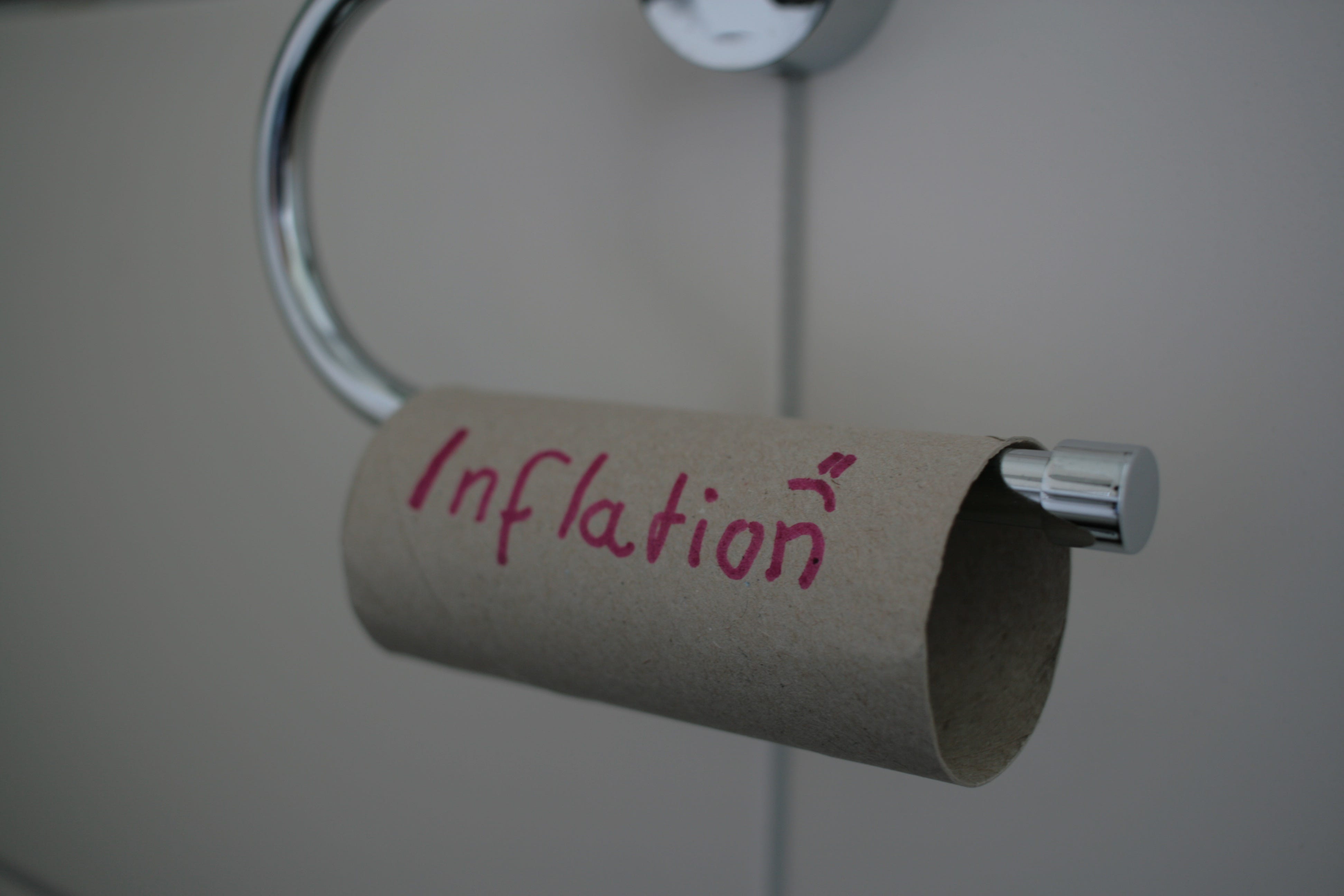
Inflation sucks, but fighting inflation the wrong way or for the wrong reasons sucks even worse. While I am one the last people who would suggest letting the market serve as the solution to our problems, there’s one place where I do think market solutions can work: the market.
But in the bizarre market-first logic under which our economy is governed, the one condition under which free market advocates welcome intervention: when they think their money is losing value. That’s when the call the Federal Reserve Bank, and demand they take action.
Problem is, the Fed only knows how to do one thing: set interest rates. That’s their job. It effectively controls the spigot on the money supply. Raising interest rates makes it harder for banks to borrow money, tightening the spigot and eventually reducing the flow of funds into the economy. Lowering interest rates opens the spigot so that companies can invest in more factories or hire more workers, and home buyers can get less expensive mortgages.
That’s the only lens through which the Federal Reserve understands the economy, and especially inflation. When the Fed sees prices going up, they assume this is because there’s too much money in the system. In their logic, corporations must paying too many wages to too many people, or the government has handed out too many benefits. This, in turn, has sent too many people to stores at once, so retailers are raising prices. Too much money supply has led to too much consumer demand which has raised prices and lowered the value of the dollar.
But inflation is not always a monetary problem. Sometimes, like right now, prices go up for other reasons like supply chain problems, lockdowns in China (where lots of stuff is manufactured), a war in Ukraine (leading to shortages of wheat, oil, and natural gas), or even — heaven forbid — people are getting back to work, earning money, and finally doing stuff.
When supplies are low but demand is high, prices go up. It’s the first rule we learn in economics. It means the market is working like it’s supposed to. Until factories can make more stuff, or China can get merchandise onto ships, people will have to wait on certain purchases or maybe drive a bit less. It’s painful, but it is what it is. We can best address the shortages with food banks, mutual aid, and community care.
Yet once we use the “inflation” word, the problem sounds more systemic and abstract. It’s Biden’s fault, or some monetary policy error. This, in turn, gives corporations cover to gouge people even further. In spite of supposed inflation and tightened supply, the oil industry is making record profits by increasing prices far beyond their own cost increases.
The Fed’s solution of raising interest rates doesn’t discourage gouging, nor does it increase the supply of goods. Raising interest rates is intended to lower demand by making people poorer. This is not some cynical interpretation of the Fed’s intentions, but their stated goal: in order “get supply and demand back into alignment” the Fed will take “forceful and rapid steps to moderate demand so that it comes into better alignment with supply.” Raising interest rates will encourage companies to cut costs and tighten payrolls. The Fed admits their measures will increase the unemployment rate by over 1%. More pessimistically, Bank of America predicts it will cost Americans about 3 million jobs. But this is the objective: put people out of work so they put less demand on the limited supply of goods. It’s a bit like blood-letting to reduce a fever.
A group of progressive legislators including Jamaal Bowman (from my own district), Katie Porter, Bernie Sanders, and Elizabeth Warren, wrote a letter to the Fed this week arguing that “your ‘overarching focus’ on ‘using the Fed’s tools to bring inflation back down to our 2 percent goal’ no matter the cost is particularly troubling given the limits of interest rate hikes in addressing key drivers of today’s inflation.”
Of course, what they’re upset about is that the working classes suffering most under so-called inflation are the ones who are being asked to bear the burden of the cure. That’s what happens when you solve for the economy, instead of for the people living in it.